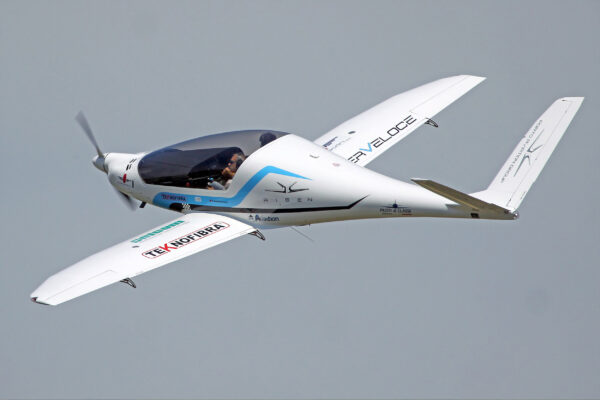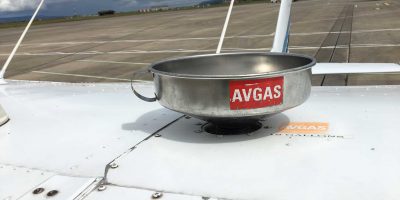In the process of examining any pilot’s wrong-headed aerial decisions, sometimes you don’t have to dig too deep to learn the source was a CFI’s poor example. Any pilot who descends below published minimums on an instrument approach, flies an aeroplane over its maximum gross weight, or scud runs in less than VMC can almost certainly cite examples of CFIs doing exactly the same things and getting away with them.
I remember taking a multi-day mountain flying course in which much of the curriculum was devoted to selecting routes that followed landable terrain, crossing ridges at 45° angles, and approaching mountains with sufficient altitude, caution, and lower terrain over which to turn away. Then, at the conclusion of the course, the instructor – a highly experienced mountain flier – went home GPS direct with barely enough altitude to clear the ridgelines.
I could scarcely imagine a more perfect illustration of ‘do as I say, not as I do’.
CFIs do a credible job of teaching the skills necessary for their students to pass checkrides – but our real-world actions speak louder than our dry rule recitations.
“The trip home started out over gross weight, and I knew it…”
I confess to having unclean hands here, too. We all know the book answers to VFR cloud separation requirements (500ft below, 1,000 above, 2,000 horizontal), yet I don’t always observe them. And I know that aerobatics are prohibited within four miles of the centreline of federal airways, yet I’ve violated that rule too many times to count.
I once flew a friend’s aircraft to retrieve him and his family from a distant location. When I got there, I filled the fuel tanks in preparation for our long flight home, and then my heart sank when he showed up with more people (and bags) than I had been told were coming. The trip home started out well over the aeroplane’s published max gross weight, and I knew it, and flew the trip anyway. If the weight of my shame and regret had been figured into my calculations, the aircraft never would have got off the ground.
Pilots are expert rationalisers. Cloud separation requirements are less meaningful now that so many aeroplanes are equipped with ADS-B traffic systems. Federal airways cover the vast majority of the East and West coasts, so legal aerobatic airspace is virtually impossible to find. Ferry pilots are typically permitted to fly 10% or more above max gross weight at the stroke of a pen, and GPS-based synthetic vision seems good enough to keep pilots clear of terrain and obstacles (and even make zero-zero landings) in a pinch.
So what’s the right answer to the question of proper CFI behaviour? Do we strictly observe all regulations at all times? Do we only follow the regulations we agree with? Do we use situational ethics that consider context and intention for all our aeronautical choices? Or do we hide our questionable conduct and, if caught, fall back on the old, ‘Do as I say, not as I do?’
Personally, my north star is WWWD – What Would Wally Do? Wally Moran is a veteran aviator, instructor, glider pilot, and former airline chief pilot, and he’s a regular participant in roundtable discussions at Pilot Workshops, an online pilot education firm. Moran is calm, thoughtful, and vastly experienced, and his well-reasoned method for solving pilot conundrums centres on overall risk mitigation.
Think things through, leave yourself an out, and reduce as much as possible the inherent risks that are part of flying.
That often means making hard or inconvenient choices such as going far out of the way to avoid adverse weather, or spending the night at a hotel rather than making it home. I don’t always agree with Moran, and sometimes I find his choices overly conservative. I recently found myself on the opposite side of an argument about the wisdom of flying directly across Lake Michigan in a single-engine aeroplane. (I was for it, he was against it.)
But Moran’s reasoning, that the consequences of a forced ditching so far outweigh the benefits of a direct route, was consistent with his overarching risk mitigation strategy.
Airline pilots like to darkly joke that, in evaluating aeronautical decisions, ‘Start at the NTSB inquiry and work backwards’. That’s not a perfect fit for general aviation where pilots have far more leeway to make choices and less resources to guide them.
But the idea of having your decisions questioned after the fact, and being judged on their merit, is solid.
When I’m confronted with an ambiguous choice in flight, I ask WWWD, and I can pretty much hear Wally’s Southern gentleman voice in my head. We all have aviators we respect and admire, and we can call upon their thought patterns to guide us. I may not always like or even follow the WWWD answer – but I’d better have a good reason for disregarding it.
I know my aeronautical decisions aren’t always going to be wise or correct. But at the very least, they should be consistent, explainable – and not in conflict with the things I teach as a flight instructor.
RV-4 pilot, ATP/CFII, specialising in tailwheel and aerobatic instruction in the USA
[email protected]







